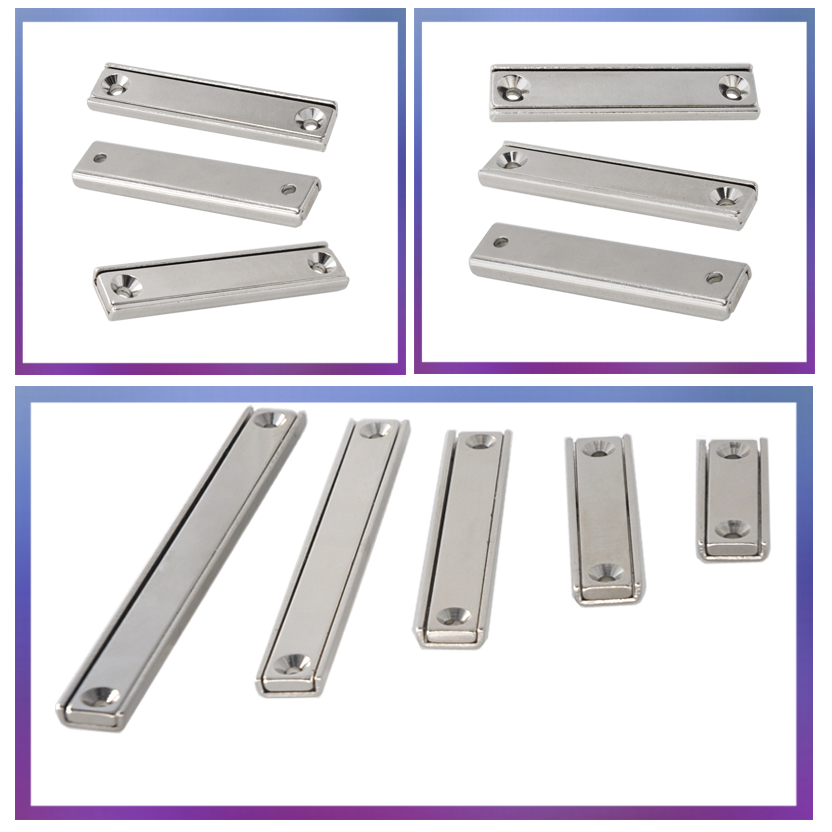At the "2013 National Steel Structure Technology Academic Exchange Conference" held recently, Duan Bin, director of the Welding Research Institute of China Metallurgical Group Building Research Institute, pointed out hot cracks, cold cracks, lamellar tears, common in steel structure welding. There are 6 types of defects, such as unfused and not welded, air holes and slag inclusions.
First, hot cracks. The basic feature is that it occurs during the cooling of the weld. The main reason for this is that sulfur and phosphorus impurities in steel or welding consumables form a variety of brittle and hard low-melting eutectics in the steel. During the cooling of the weld, the finally solidified low-melting eutectic is in tension. State, very easy to crack.
Second, cold cracks. Cold cracks generated by welding, also known as delayed cracks, have the main feature of being produced in the range of typically 200 ° C to room temperature with delayed characteristics occurring from a few minutes to several days after welding. The main reasons for this are closely related to the choice of steel, the design of the structure, the storage and application of welding materials and the welding process.
Third, lamellar tearing. Its main characteristics are as low-alloy high-strength steel with large thickness and high impurity content, especially high sulfur content, and strong segregation along the parallel direction of sheet metal rolling when the welding temperature is cooled below 400 °C. When it is subjected to a force perpendicular to the thickness direction during the welding process, a crack which is stepped in the rolling direction is generated.
Fourth, it is not fused and not penetrated. The causes of the two are basically the same, mainly due to the improper process parameters, measures and groove size, the surface of the groove and the weld bead is not clean enough, or there are impurities such as scale and welding slag, and the welder technology is poor.
Fifth, the stomata. According to the form of its production, it can be divided into two types, which are both precipitated pores and reactive pores. The precipitated pores are mainly hydrogen pores and nitrogen pores, and the reactive pores are mainly CO pores in the welding of non-ferrous metals such as steel. The main characteristics of the precipitated pores are mostly surface pores, and the main difference between the hydrogen pores and the nitrogen pores is that the hydrogen pores are mainly composed of single pores, while the nitrogen pores are mostly dense pores. The main causes of the porosity in the weld are related to the selection, storage and use of the welding consumables, the selection of the welding process parameters, the degree of cleaning of the parent metal of the groove and the degree of protection of the molten pool.
Sixth, slag inclusion. The type, morphology and distribution of non-metallic inclusions are primarily related to the chemical composition of the welding method, the electrode and the flux and the weld metal.
Song Jingping
Magnetic Channel Assembly
Description
Neodymium Channel Magnet has 65 lb holding power, a strong magnet encased into a nickel plated steel channel with adhesives.Steel and magnet will concentrate a magnetic circuit which enlarge the holding force to 65 lbs at the bottom of the magnetic circuit. The steel channel also protects the magnet from being damaged when frequently used.There are two axial holes on the steel so someone can easily fix it onto a wood or plywood shelf or metal cabinet,door or fence.
The 65 lbs holding power is direct pull force when directly attract to a thick steel surface.The great holding strength of 65 lbs is used to hold many things. Vehicle license plate,banner or sign, door,cabinet...A strong Neodymium Magnet is set into a plated steel channel with holes or threaded nuts for mounting.
About Neodymium Magnets:
Neodymium magnet is one of rare earth permanent magnets. Neodymium magnet is also known as Ndfeb Magnet , or neo Rare Earth Magnet. Since it's very strong, people also simply call it Super Strong Magnet or super powerful magnet.
Neodymium magnet,also known as strongest rare earth magnet,was a magnetic alloy which magnetism could exist for more than 60 years, thus neodymium magnet is also be called as strong Permanent Magnet . The main element of the magnet include neodymium (Nd), iron(Fe) and boron(B),so people also call them NdFeB or Nd2Fe14B.
Since neodymium magnets are very easy to get corrosion,thus surface plating is important,The surface treatment of the neodymium magnet is triple NiCuNi coating which is heavy and thick duty.



Neodymium Channel Magnet
Neodymium Channel Magnet, Channel Magnet, Rectangle Channel Magnet, Magnetic Channel Assembly
NINGBO SHINE MAGENETIC TECHNOLOGY CO.,LTD , http://www.shinemagnets.com